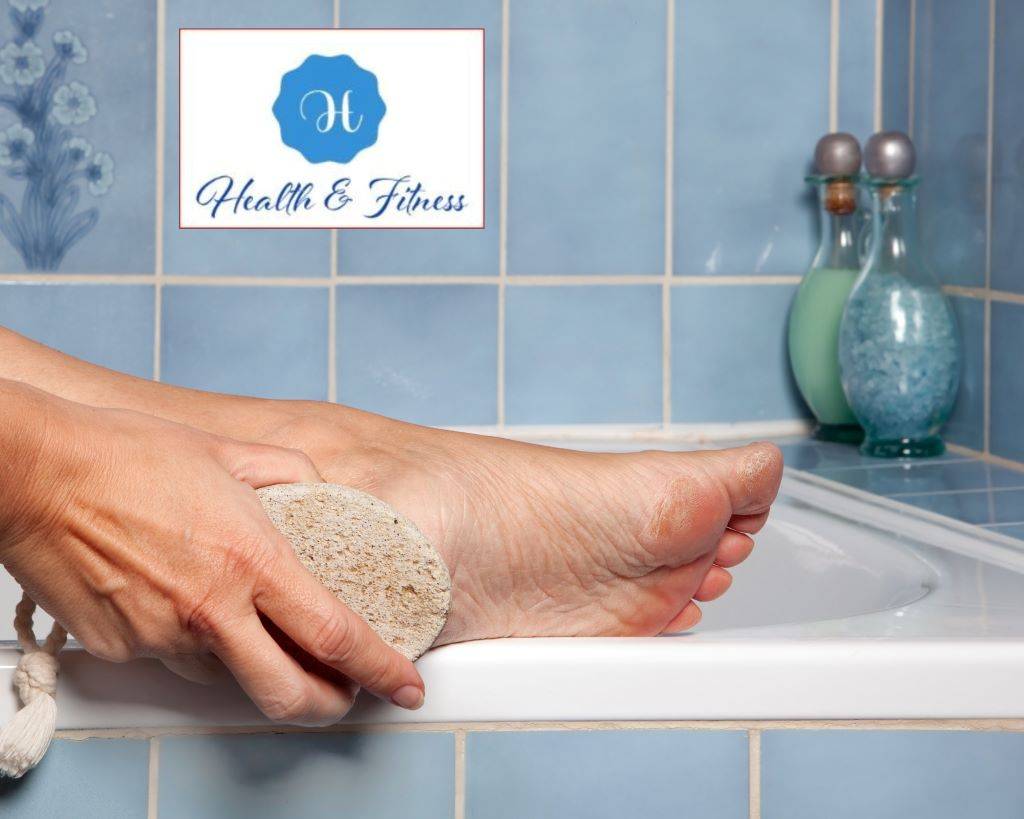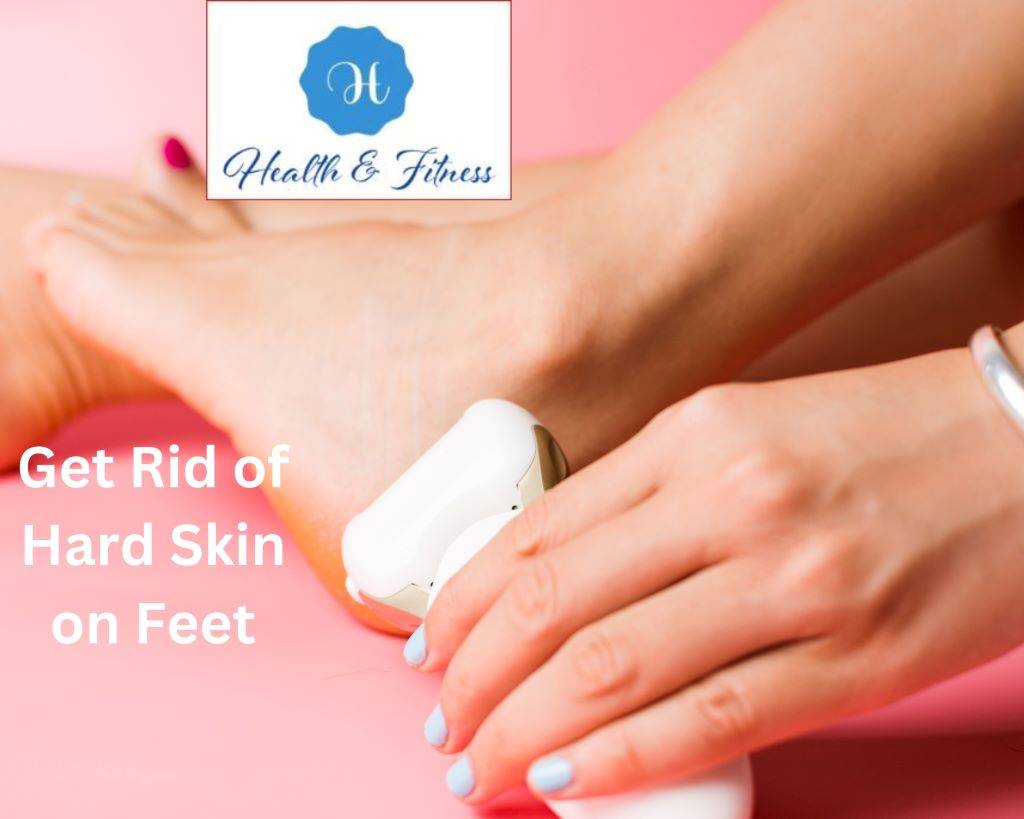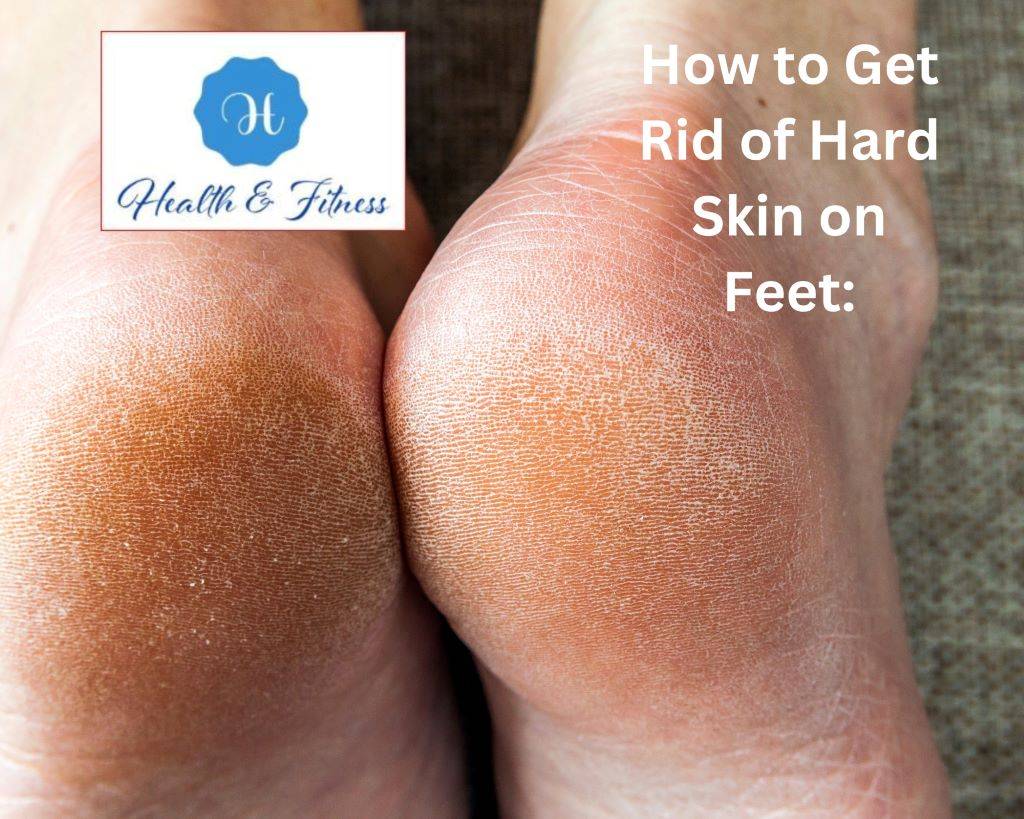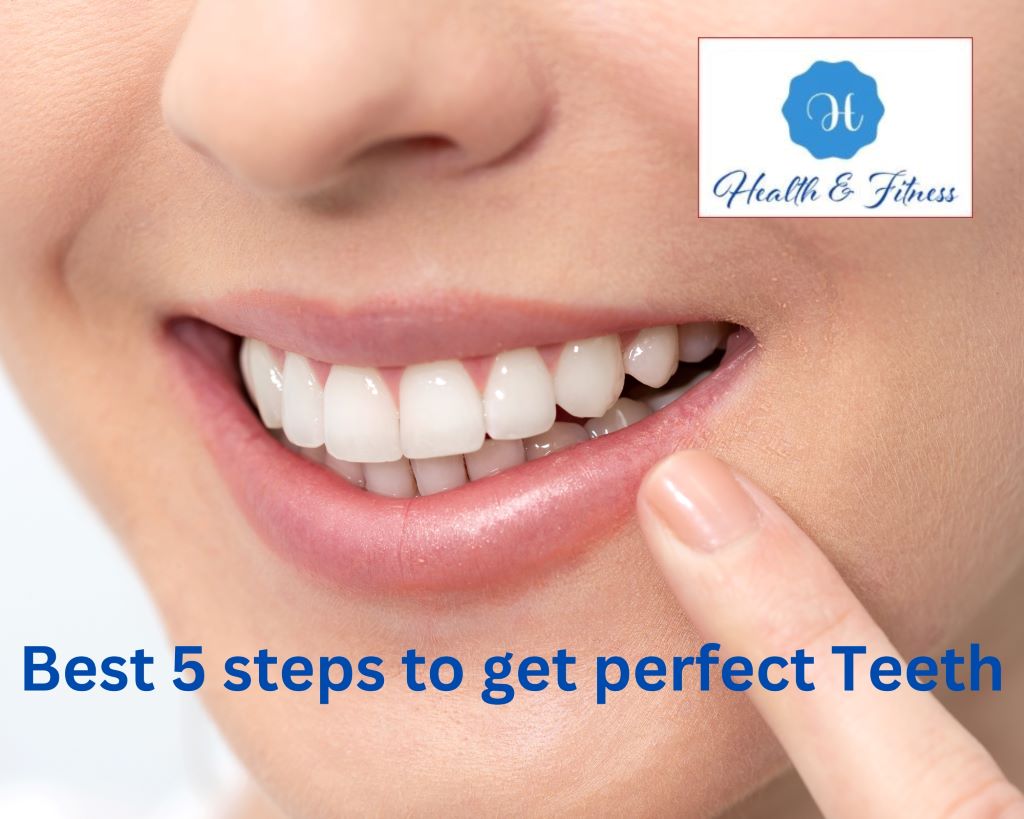Discover how to get rid of hard skin on feet with our comprehensive guide. Learn easy, effective methods to achieve soft soles. Find out now!
Introduction to How to Get Rid of Hard Skin on Feet
Dealing with hard, dry skin on your feet can be frustrating and uncomfortable. Fortunately, numerous ways exist to address this common issue and achieve soft soles. In this in-depth guide, we’ll explore the causes of hard skin on feet, discuss various treatment options, and provide a step-by-step plan to get rid of it for good. So, let’s dive in and start your journey toward happy, healthy feet!
Understanding the Causes of Hard Skin on Feet

Before we delve into the solutions, it’s essential to understand the causes of hard skin on feet. There are several reasons why you might develop hard, dry skin on your feet, including:
- Friction and pressure: Corns and calluses, common types of hard skin, form when the skin is repeatedly rubbed, irritated, or put under pressure. They typically develop on the bony or prominent areas of the foot.
- Underlying skin conditions: Athlete’s foot, psoriasis, and atopic dermatitis can also cause rigid, dry skin on your feet. If you suspect that an underlying skin condition is the culprit, it’s best to consult a healthcare professional.
- Improper footwear: Wearing shoes that are too tight, loose, or have inadequate support can contribute to developing hard skin on your feet.
- Aging: Our skin naturally becomes drier and less elastic, forming a hard skin on the feet.
Now that we know the causes, let’s explore the steps to remove the hard skin on your feet.
How to Get Rid of Hard Skin on Feet steps

Get Rid of Hard Skin on Feet
Step 1: Assess Your Feet
Before starting any treatment, it’s crucial to assess the condition of your feet. Look for dense, challenging skin areas, and note any pain, redness, or inflammation. If you have diabetes or poor circulation, consult a healthcare professional before attempting any at-home treatments, as these conditions can increase the risk of complications.
Step 2: Soak Your Feet
To begin, soak your feet for 15 to 20 minutes in warm water. You can add Epsom salts or a few drops of essential oils, like lavender or tea tree oil, to enhance the experience and promote relaxation. Soaking your feet will help soften the hard skin, making removing it more accessible in the next step.
Step 3: Exfoliate Gently
Soak your feet, then exfoliate the rough skin with a pumice stone or foot file. Be sure to use light pressure and work in circular motions, focusing on the areas with the thickest skin. Removing too much skin might cause bleeding and infection.
Step 4: Apply a Chemical Exfoliant (Optional)
Consider using a chemical exfoliant for stubborn hard skin, such as a foot peel containing alpha-hydroxy acids (AHAs) or beta-hydroxy acids (BHAs). These acids can help break down and dissolve hard skin, making removing it easier. Follow the manufacturer’s instructions and patch-test the product on a small skin area before applying it to your entire foot.
Step 5: Moisturize
Once you’ve exfoliated your feet, it’s time to moisturize. Apply warm foot cream or lotion specifically formulated for dry, problematic skin. Look for products containing ingredients like urea, glycerin, or lactic acid, which can help break down and soften hard skin. Massage the cream into your feet, especially in areas with problematic skin.
Step 6: Protect Your Feet
Protecting your feet is essential to prevent hard skin from returning. This includes wearing correctly fitting shoes that provide adequate support and cushioning. Additionally, consider using gel or foam inserts to reduce pressure and friction on problem areas.
Step 7: Maintain a Regular Foot Care Routine
Consistency is vital for keeping your feet soft. Establish a regular foot care routine that includes soaking, exfoliating, and moisturizing your feet at least once a week. This will help prevent the buildup of complicated skin and keep your feet looking and feeling their best.
More Advice on Removing Calloused Skin from Feet

Besides the steps outlined above, there are several other things you can do to lower your chances of developing hard skin on your feet:
- Keep your feet clean and dry: Daily wash and dry, particularly between the toes. This can help prevent the growth of bacteria and fungi contributing to problematic skin.
- Wear moisture-wicking socks: Choose socks made from cotton or bamboo that can help wick away moisture and keep your feet dry.
- Rotate your shoes: Avoid wearing the same pair of shoes daily, as this can cause excessive pressure and friction in specific areas of your feet. Instead, rotate your footwear to give your feet a break and allow your shoes to air out.
- Trim your toenails regularly: Keeping your toenails trimmed and filed can help prevent pressure on your toes, which can contribute to the development of hard skin.
- Stay hydrated: Drinking plenty of water can help maintain your skin’s elasticity and prevent dryness, which can contribute to the formation of a hard skin on your feet.
Effective Ways to Remove Tough Skin from Your Feet at Home
Hard skin on your feet can be uncomfortable and unsightly, but the news is that you can try several home remedies to help soften and remove it. This article explores some of the most effective and natural ways to remove hard skin on your feet, so you can enjoy soft soles without breaking the bank.
1-Apple Cider Vinegar Soak
I know apple cider vinegar for its natural exfoliating properties, which can help soften hard skin on your feet. Mix equal parts of apple cider vinegar and warm water in a basin to create a foot soak. After soaking, use a pumice stone or foot file to exfoliate hard skin gently. Dry your feet.
2- Baking Soda Scrub
Baking soda is another natural exfoliant that can help remove hard skin. To make a scrub, mix three tablespoons of baking soda with one tablespoon of water to form a paste. Apply the paste to the affected areas on your feet and gently massage in circular motions for a few minutes. Rinse your feet with warm water and pat dry.
3- Coconut Oil
Coconut oil is an excellent natural moisturizer that can help soften hard skin on your feet. After soaking and exfoliating your feet, apply a generous amount of coconut oil to the affected areas and massage it. For best results, wear clean cotton socks overnight to allow the oil to penetrate deeply into the skin.
4- Lemon Juice
Lemon juice contains citric acid, which can help break down and dissolve hard skin. To use lemon juice as a treatment cut a lemon in half and rub the cut side on the hard skin for a few minutes. You may also soak your feet in a basin of equal parts lemon juice and warm water for 15-20 minutes. Afterward, exfoliate rough skin with a pumice stone or foot file, rinse, and dry.
5- Honey
Honey is a natural humectant that can help attract and retain moisture in the skin. To use honey to treat problematic skin on your feet, apply a generous layer of raw honey to the affected areas and cover it with plastic wrap or a clean cloth. Leave the honey on for 30-60 minutes, then Wash your feet with warm water and gently dry them with a towel.
6- Epsom Salt Soak
I know Epsom salt for its ability to soften skin and relax muscles. Dissolve 1/2 cup Epsom salt in warm water for a foot soak. Soak your feet for 15-20 minutes, then gently exfoliate the hard skin with a pumice stone or foot file. Wash and dry your feet.
7- Oatmeal Scrub
Oatmeal is a gentle exfoliant that can help remove hard skin on your feet. Mix 1/2 cup of ground oatmeal with enough water to form a thick paste to make an oatmeal scrub. Apply the paste to the affected areas on your feet and gently massage in circular motions for a few minutes. After giving your feet a warm water rinse, pat them dry.
Conclusion about How to Get Rid of Hard Skin on Feet
Getting rid of hard skin on your feet may seem daunting, but with the right approach and a consistent foot care routine, you can quickly achieve soft soles. By understanding the causes of hard skin, following the steps outlined in this guide, and implementing additional preventative measures, you’ll be well on your way to healthier, happier feet. So, give your feet the care and attention they deserve – they’ll thank you for it!
Reference
- Mayo Clinic. (2020). Corns and Calluses. Retrieved from https://www.mayoclinic.org/diseases-conditions/corns-and-calluses/symptoms-causes/syc-20355946
- (2021). Calluses and Corns – Topic Overview. Retrieved from https://www.webmd.com/skin-problems-and-treatments/tc/calluses-and-corns-topic-overview
Smooth Skin Methods: The Best 5 Acne Scar Removal



